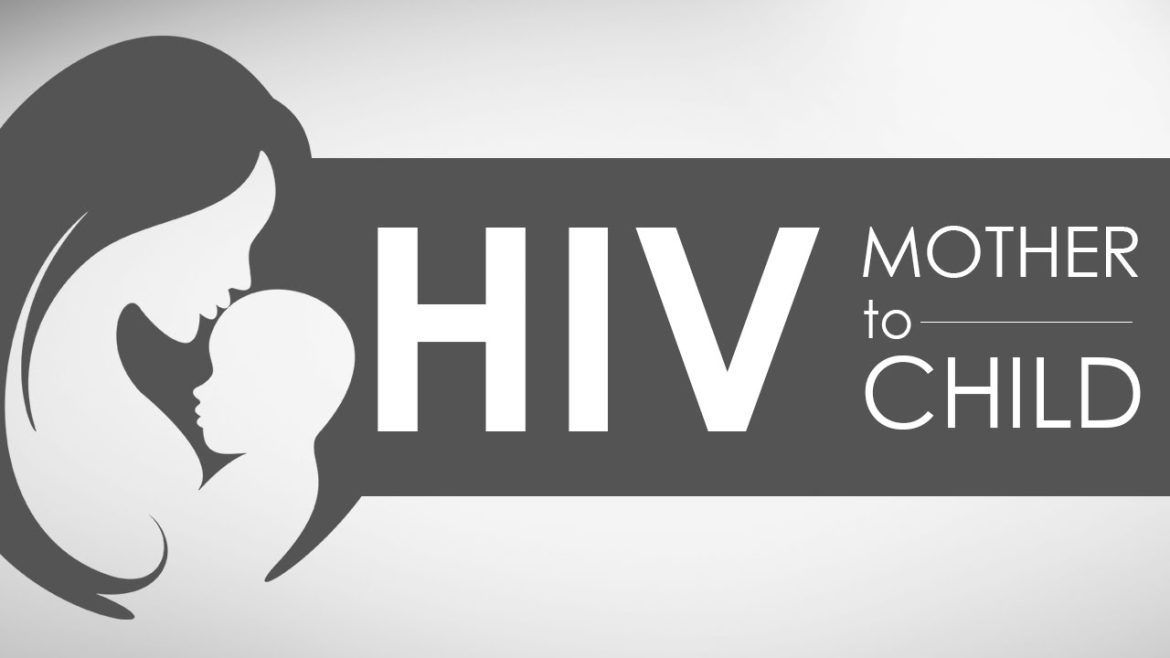By Muhammad Amaan
Namibia, one of the HIV high-burden countries in the world has emerging the first African country to reach a significant milestone on the path towards eliminating vertical mother-to-child transmission of both HIV and viral hepatitis B.
This was disclosed on Monday by the African Region Office of the World Health Organisation (WHO).
WHO said Eastern and Southern Africa is home to more than half the world’s HIV burden and Africa accounts for two-thirds of new hepatitis B infections globally.
The global health body further noted that Namibia is home to more than 200,000 people living with HIV and new infections disproportionately impacting females.
Meanwhile, Nigeria has the highest burden of children born with HIV in the world.
High-burden HIV countries are defined as those with more than two per cent of pregnant women living with the virus.
The 2021 viral hepatitis scorecard by the WHO, also indicated that an estimated 998,000 Nigerian children under five years are chronic carriers of hepatitis B antigen. The scorecard also showed that not less than 11,679,000 other Nigerians are chronic carriers of viral hepatitis B.
Hepatitis B virus is most commonly transmitted from mother-to-child during birth and delivery, as well as through contact with blood or other body fluids during sex with an infected partner, unsafe injections, or exposure to sharp instruments.
In December 2021, Botswana was the first high-burden country to be certified for achieving an important milestone on the path to eliminating mother-to-child transmission of HIV by the WHO.
“Progress is possible. Globally, 2.5 million children have avoided vertical transmission of HIV since 2010, 28,000 of whom are in Namibia. HIV testing among pregnant women is almost universally available across the country and access to treatment has led to a 70 per cent reduction in vertical transmission in the last 20 years. In 2022, only four per cent of babies born to mothers living with HIV acquired the virus.
“Almost 80 per cent of infants received a timely birth dose of hepatitis B vaccine, one of the key metrics of success on the path to elimination,” WHO stated.
It noted that Namibia has integrated primary health care with antenatal, child health, and sexual and reproductive health services, and the government committed stable domestic finance to national health programmes, offering widely accessible, quality, and free-of-charge clinical services and support.
Based on specified criteria, WHO awarded Namibia “silver tier” status for progress on reducing hepatitis B and “bronze tier” for progress on HIV.
Namibia’s achievement follows a concerted strategy to curb the transmission of hepatitis B, HIV, and syphilis.
“This is a landmark achievement by Namibia that demonstrates the life-saving possibilities of committed political leadership and effective implementation of public health priorities,” said the WHO Regional Director for Africa, Dr Matshidiso Moeti.
“With concerted efforts, we can accelerate progress to reach the goals of ending mother-to-child transmission of HIV, hepatitis B and syphilis – the triple elimination.”
The validation process, led by WHO in collaboration with the United Nations Children’s Fund, the Joint United Nations Programme on HIV/AIDS, and the United Nations Population Fund, evaluates data and standardises milestones for eliminating diseases.
Among other factors, WHO certifies a country as having attained silver tier status when the hepatitis B vaccine is given to 50 per cent or more newborns.
A bronze certification is awarded to countries that have reduced the vertical transmission of HIV from mother-to-child to less than per cent.
“In many countries, we are failing our children by not reaching them with the same treatment with which we reach their mothers and other adults,” said the UNAIDS Regional Director, East and Southern Africa, Anne Githuku-Shongwe.
“Namibia has fought against this injustice and we are proud to celebrate their immense effort to leave no child behind. They serve as a beacon for the entire region.”
“Namibia has met this milestone by taking a truly integrated approach to the HIV response from early on,” said the UNICEF Regional Director for Eastern and Southern Africa, Etleva Kadilli.
“The country has not addressed HIV in isolation as a single disease, but as part of a broader health and development agenda, encompassing maternal and child health for all. Namibia has reached mothers and their children, even in the most rural areas.”
WHO’s Triple Elimination Initiative aims to safeguard the health of mothers and children and affirm the rights of every child to be born free from the burden of these viruses.
The initiative promotes an end to vertical transmission of HIV, syphilis, and hepatitis B virus, all of which are prevalent in low- and middle-income countries.
It encourages countries to integrate services, using a person-centred approach to improve health outcomes for mothers and children.
In recent years, WHO certified Cuba, Anguilla, Antigua, and Barbuda, Bermuda, Cayman Islands, Montserrat, St. Kitts and Nevis, Thailand, Belarus, Armenia, and the Republic of Moldova in eliminating MTCT of HIV.




